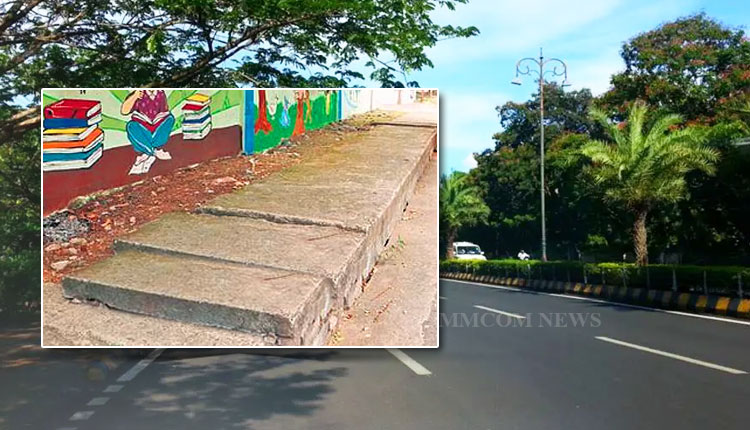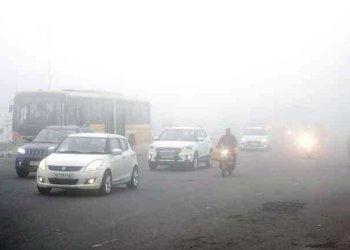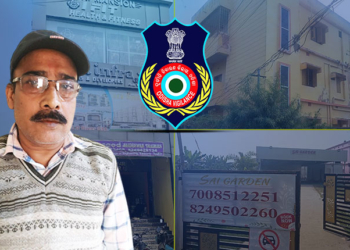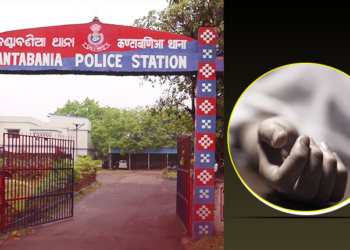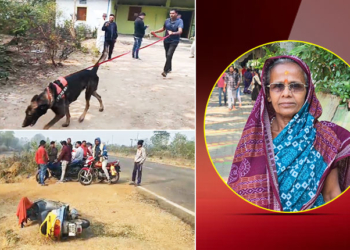Bhubaneswar: Acting on the directives of Odisha Chief Minister Mohan Charan Majhi, the Housing and Urban Development (H&UD) Department has instructed all Urban Local Bodies (ULBs) to complete development and maintenance of pothole-free roads and covered roadside drains across the state’s towns and cities by March 31, 2026.
In a letter issued to Municipal Commissioners, Executive Officers of Municipalities, and Notified Area Councils (NACs), Principal Secretary H&UD Department Usha Padhee stressed that potholes and open drains pose serious hazards, causing accidents, vehicle damage, and waterlogging during monsoons. The initiative is being undertaken in convergence with the Mukhyamantri Sahari Bikash Yojana (MSBY), which aims to improve urban infrastructure and quality of life.
Key directives include:
Conducting a comprehensive survey of roads and drains within four weeks and preparing time-bound action plans with clear milestones.
Giving priority to covering drains in densely populated wards, markets, hospitals, educational institutions, and accident-prone zones.
Ensuring convergence of resources from ongoing schemes and adoption of durable technologies to minimize recurring expenditure.
Coordinating with the PWD, RWD, and NHAI for roads under their jurisdiction.
Submitting monthly progress reports and obtaining a “pothole-free certificate” by March 2026.
The department has also reiterated its earlier order to create pedestrian- and child-friendly footpaths, free from encroachments, in line with Supreme Court directives.
Commissioners and Executive Officers have been made personally responsible for compliance, while junior engineers and city engineers will maintain ward-level registers on pothole repair and drain coverage. Citizens’ complaints lodged through the Sahar Sathi (1929) helpline and grievance portals must be integrated into the monitoring system.
The Housing and Urban Development Department warned that non-compliance will be taken seriously, and accountability will be fixed.
Officials said the initiative is expected to significantly improve public safety, reduce monsoon-related waterlogging, and enhance overall livability in Odisha’s urban areas.




